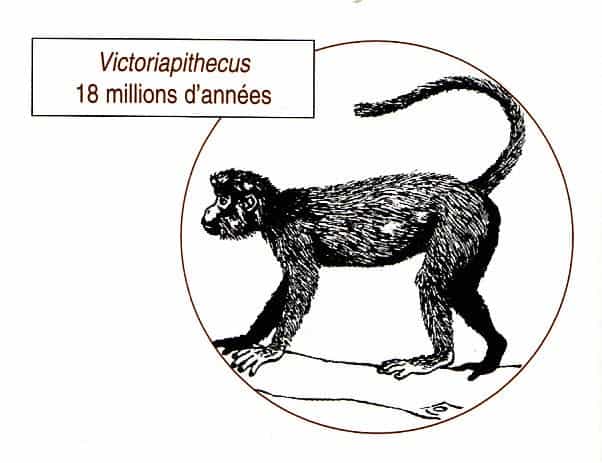Duke University researchers made micro CT scans of the skull of ancient monkey and found its brain, though tiny by modern standards, was far more complex than previously thought. The fossils, discovered in Kenya in 1997, belong to a monkey ancestor who lived some 15 million years ago.

The 3d skull scan of the Victoriapithecus skull. Fred Spoor/Max Planck Institute for Evolutionary Anthropology
The researchers were quite struck by what they found. First, they calculated the brain volume of the ancient monkey, called Victoriapithecus. It was 36 cubic centimeters or roughly twice as small as modern monkeys. Despite the fact that its brain is small in relation to the monkey’s body size, it was incredibly complex. In some aspects, it was actually far more complex than those of modern relatives belonging to the Old World monkeys, a group that includes baboons and macaques. For instance, the olfactory bulb – the brain region responsible for analyzing smell – was three times larger than expected.
“In living higher primates you find the opposite: the brain is very big, and the olfactory bulb is very small, presumably because as their vision got better their sense of smell got worse,” said Lauren Gonzales, lead author of the paper published in Nature.
Previously, the community thought that in the primate family, which includes both apes and humans, the brains first got bigger and the began to fold and turn into more complex areas. In monkeys, at least, this evolutionary chain of events seems to be reversed – first the brains became more complex and only then got larger. The same might be true for us primates, eventually.
The Victoriapithecus skull is very old. It’s in fact the oldest Old World monkey fossil we’ve found yet. Without hard fossil evidence, scientists have long gone back and forth over which came first—large brain size or increased brain complexity.










